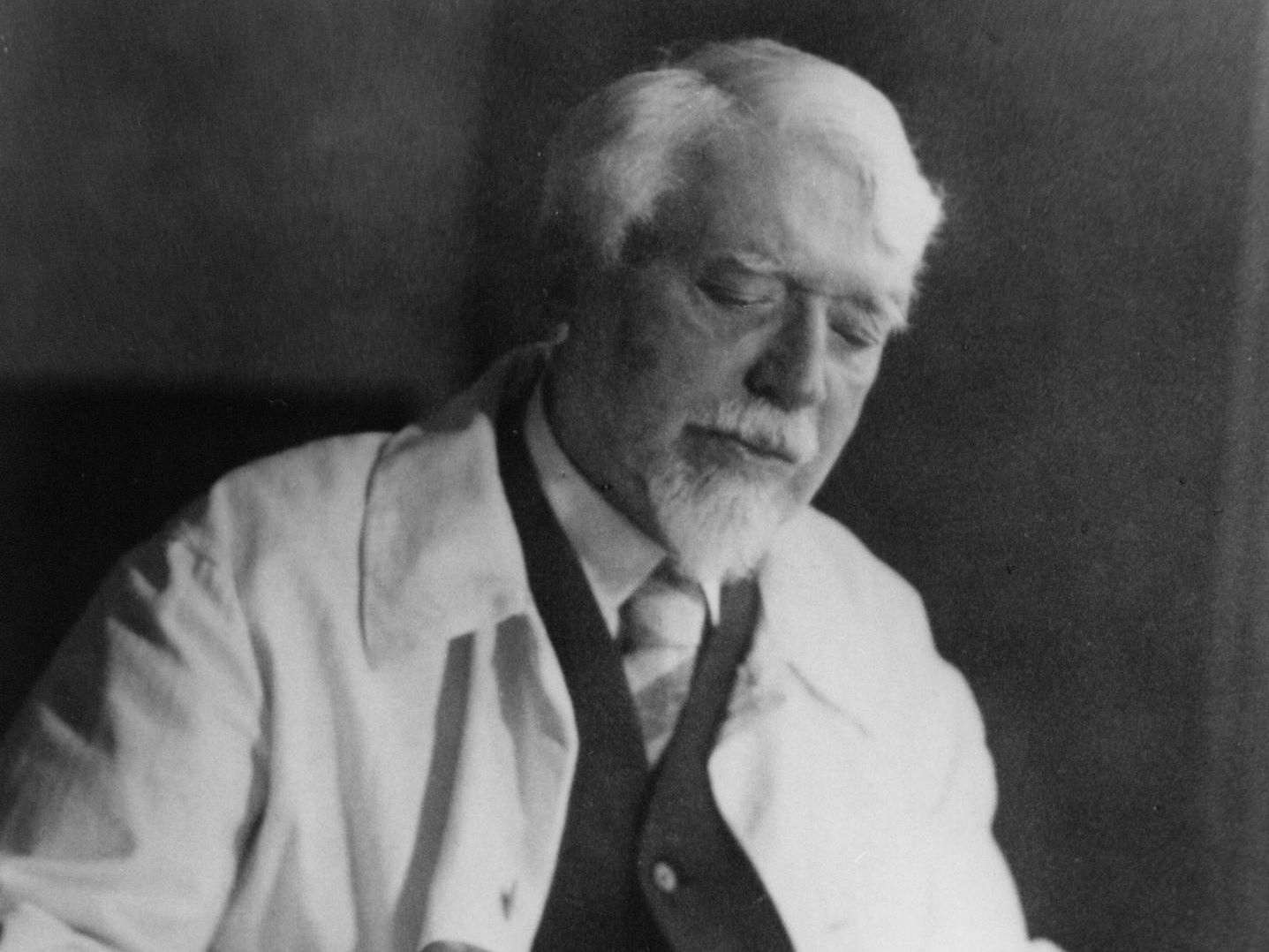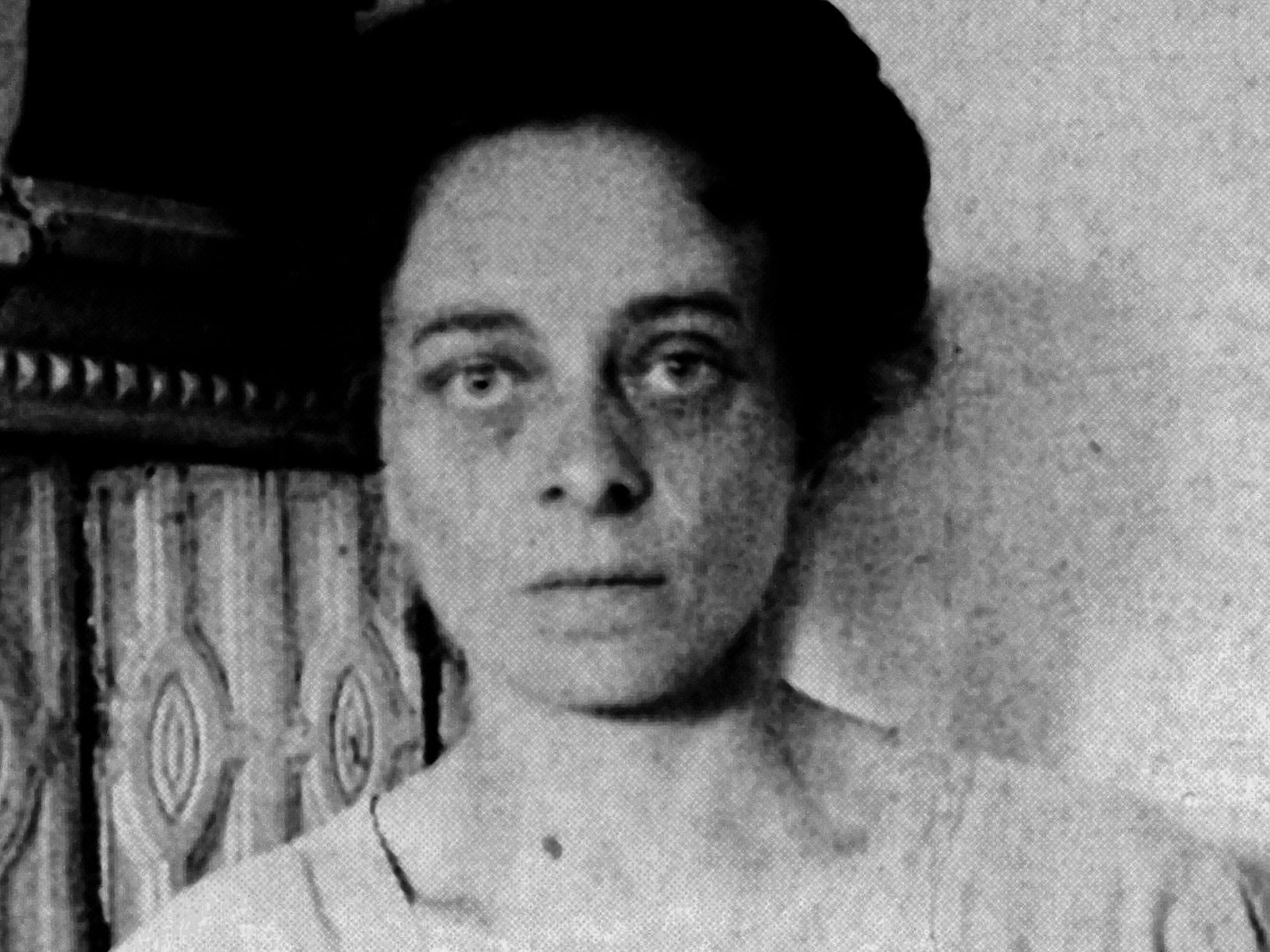
He was the son of the genre-painter Francesco-Antonio Beda of Triest, from whom he received his first lessons in painting and drawing. From 1892 he studied at the Academy of Art in Venice first taking anatomy classes and then from 1894 to 1896 was taught landscape and maritime painting by Guglielmo Ciardi. When his father died in 1900 he went to Heinrich Knirr's private school of art in Munich. In 1907 he settled in Dachau and bought a house in Polln Street 4.










